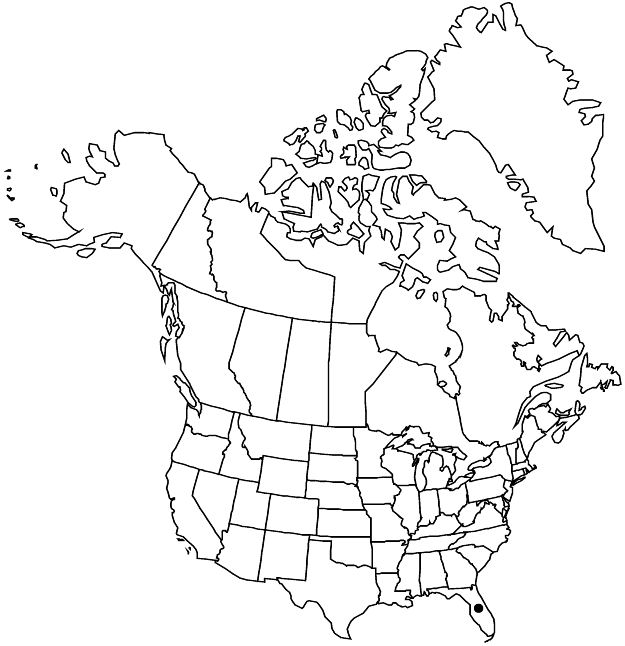Difference between revisions of "Ziziphus mauritiana"
Encycl. 3: 319. 1789.
FNA>Volume Importer |
FNA>Volume Importer |
||
| Line 60: | Line 60: | ||
|publication year=1789 | |publication year=1789 | ||
|special status=Introduced | |special status=Introduced | ||
| − | |source xml=https://jpend@bitbucket.org/aafc-mbb/fna-data-curation.git/src/ | + | |source xml=https://jpend@bitbucket.org/aafc-mbb/fna-data-curation.git/src/f50eec43f223ca0e34566be0b046453a0960e173/coarse_grained_fna_xml/V12/V12_422.xml |
|genus=Ziziphus | |genus=Ziziphus | ||
|species=Ziziphus mauritiana | |species=Ziziphus mauritiana | ||
Revision as of 19:53, 16 December 2019
Shrubs or small trees, 3–10(–15) m; secondary branches white-silvery to grayish, becoming brown, tomentose, glabrescent, not thorn-tipped, axillary thorns absent; stipular spines usually present, straight or recurving, 2–3 mm, solitary or paired, sometimes absent. Leaves persistent, alternate; blade whitish to tawny abaxially, dark green adaxially, oblong to elliptic or elliptic-ovate, 2.5–8 cm, base obtuse to rounded, usually oblique, margins serrulate, apex rounded, abaxial surface tomentose, adaxial surface glabrous; 3-veined from base. Inflorescences cymes, 2–8-flowered. Flowers: hypanthium and sepals greenish to greenish white; petals white. Drupes ripening from yellow or orange to red or reddish brown, globose to ovoid or oblong, 20–30 cm. 2n = 24.
Phenology: Flowering summer.
Habitat: Disturbed sites, thicket edges, rockland hammocks.
Elevation: 0–10 m.
Distribution

Fla., c, se Asia, introduced also in West Indies (Jamaica, Lesser Antilles, Puerto Rico), Europe, elsewhere in Asia, Africa, Indian Ocean Islands (Seychelles Islands), Pacific Islands (Fiji, Hawaii, New Caledonia, Papua New Guinea, Philippines), Australia.
Discussion
Florida records for Ziziphus mauritiana are from Broward and Miami-Dade counties. Reports of the species from California (that is, USDA Plants Database) presumably refer to Z. jujuba.
Ziziphus mauritiana is a major commercial fruit-producing species in India with many cultivars varying in fruiting season and in fruit form, size, color, flavor, and keeping quality. The fruit is rich in vitamin C and is eaten raw, pickled, or used in beverages.
The illegitimate name Ziziphus jujuba (Linnaeus) Gaertner is sometimes used for this species.
Selected References
None.